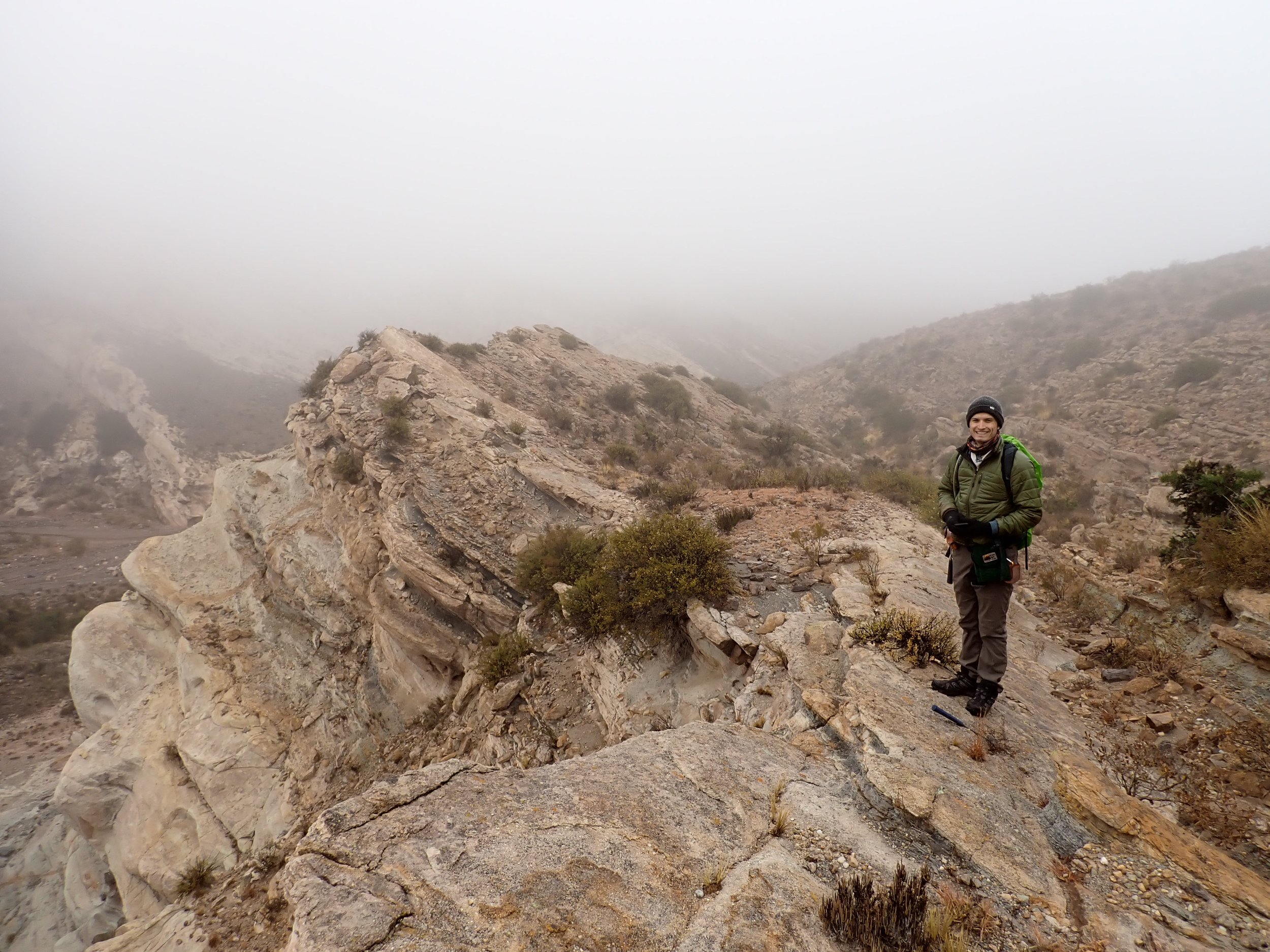Research
Current/future research interests:
Summary: Assessing environmental, climatic, and anthropogenic controls on fluvial-coastal systems and landforms – spanning headwaters to coastal margins and Pleistocene to present-day.
Effects on the erosion, transport, and deposition of sediment and TOC, as well as channel-floodplain-delta morphology, due to (1) disruption (e.g., [un]damming) of sediment delivery corridors, (2) climate-driven shifts in hydrologic regimes (e.g., storm patterns, permafrost thawing), and (3) variable terrain (e.g., topography, cover, land use)
Reconstructing relative sea-level changes and (extra)tropical storm frequency during interglacial periods (i.e., Last Interglacial) using preserved coastal landforms such as dunes, deltas, scarps, and barrier islands
Past/ongoing research interests:
Basin analysis including clastic sequence stratigraphy, facies analysis, sandstone petrography, stratigraphic architecture, and erosional-depositional system linkages
Applications of geochronology, thermochronology, and whole-rock geochemistry (T/REE)
Master’s projects:
Thesis project
Integrated provenance analysis of the Lower Carboniferous Paganzo Basin, Sierras Pampeanas, Argentina: Insights into western Gondwanan tectonism and paleogeography
Advised by Dr. Julie Fosdick at UConn; collaborating with Dr. Juan Otamendi and others at UNRC
Field campaign in May-June 2022
Presented poster abstract at GSA Connects 2022
Thesis completed August 2023
Other projects
Investigating a possible new, Late Pleistocene periglacial landform in central Connecticut
Developed from a class project under the supervision of Dr. Will Ouimet; a collaboration of multiple graduate students
Presented poster abstract at the 2023 Joint Southeast & Northeast Section GSA Meeting
The project aims to address the distribution and anatomy of particular periglacial landforms - pingo scars? - in New England to revisit conditions of late Pleistocene deglaciation
Me getting ready to measure section!
Late Carboniferous aeolian dunes
One of the study sites cored for this project
Our crew taking a ~3m core in north-central Connecticut
Structural and thermal history of the earliest Paganzo Basin
The BAHTL group and collaborators at Universidad Nacional de Río Cuarto are working to decipher the structural thermal history of the early Paganzo Basin infill - an assumed retroarc foreland basin - to track the recycling of fold-thrust-belt sediment from the Late Paleozoic through the Miocene
Delfina Milanesio (of UNRC) and myself describing section
Undergraduate projects:
Patagonia 2018-19
Currently, I serve as an undergraduate research assistant for an NSF Graduate Research Fellow and PhD candidate, Kristina Butler, in the Horton Research Group. Kristina also serves as a mentor for my independent thesis project based in the northern Patagonian foreland basin, Argentina.
Stanford surge program
In the summer of 2019, I participated in the Stanford Summer Undergraduate Research in Geoscience and Engineering (SURGE) Program working on a project that addressed the uplift and unroofing history of the Alaska Range and how the Yukon-Kuskokwim drainage evolved in response to flat-slab subduction.
Arizona laserchron center
I have gained significant experience in detrital zircon U-Pb LA-ICPMS analysis with three trips to Arizona LaserChron Center at the University of Arizona. I’ve assisted in analyzing over 100 samples on both the Nu Plasma multicollector ICPMS and Thermo Element2 single-collector ICPMS.
Patagonia 2019-2020
After a successful first field campaign in 2018, I returned to northern Patagonia in 2019 with my mentor Kristina Butler to assist her in the field and collect some additional data for my thesis project. Field work mostly consisted of measuring sections and collecting samples for geo- and thermochronology.
Geological society of america 2019 annual meeting
At my first professional society meeting in Phoenix, I presented preliminary results of my thesis project in the SGD/SEPM Student Research Poster Competition (and selected as a best poster!), took a short course in geochronology, met with potential graduate advisers, and carried out my duties as an SGD officer.
ut chron
As part of both my assistive and independent research, I have worked in Dr. Daniel Stockli’s mineral separation lab at UT-Austin. Here, I first learned heavy mineral separation for zircon extraction using the jaw/disk, Wilfley table, Frantz, MEI/Bromo, and wiggle bug.










